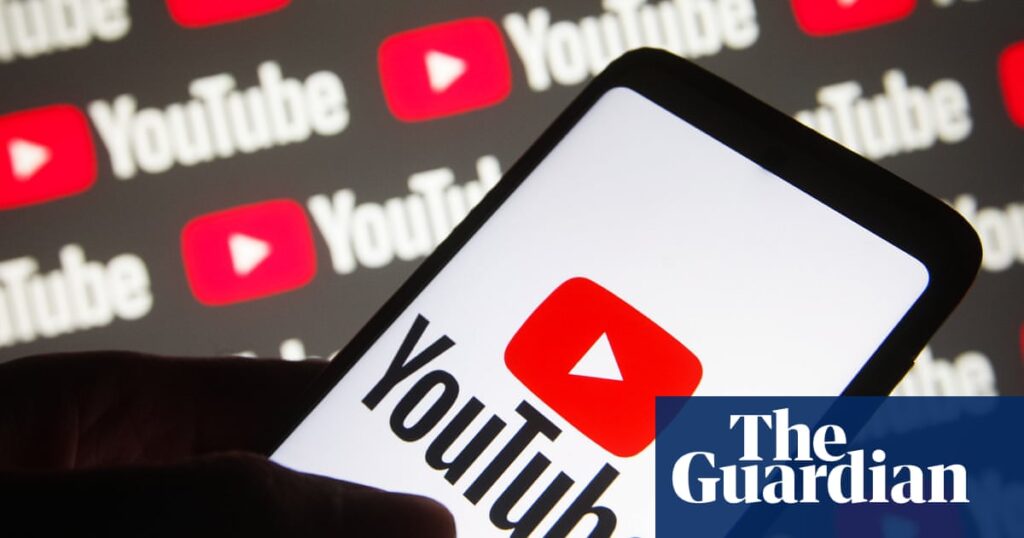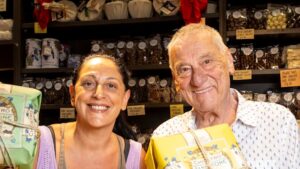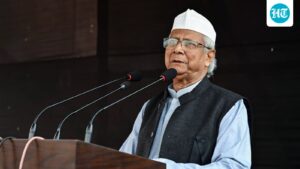
YouTube has openly criticized calls to include its platform in Australia’s proposed social media ban for users under 16, accusing the country’s online safety commissioner of disregarding the voices of parents and educators. The eSafety Commissioner, Julie Inman Grant, has urged the government to reconsider its decision to exempt YouTube from the age restrictions that will apply to platforms like TikTok, Snapchat, and Instagram.
In response, YouTube has insisted that the government adhere to its initial draft rules and ignore the commissioner’s recommendations. Rachel Lord, YouTube’s public policy and government relations manager, stated,
“Today’s position from the eSafety Commissioner represents inconsistent and contradictory advice, having previously flagged concerns the ban ‘may limit young people’s access to critical support’.”
She further criticized the advice for ignoring the sentiments of Australian families, teachers, and the broader community.
Background on the Proposed Legislation
Inman Grant, speaking at the National Press Club, detailed the impending social media age limit, which she described as a “delay” rather than a “ban.” This legislation is set to take effect in mid-December. Although specifics on how age verification will be conducted remain unclear, she suggested that a range of tools, likely incorporating artificial intelligence, would be employed to analyze facial or hand features.
Concerns have been raised by several social media platforms about the lack of clarity regarding their obligations under the new laws. With less than six months until the deadline, these platforms are doubtful about their ability to develop adequate age assurance systems.
Implementation Challenges
Inman Grant indicated that age verification would occur at the platform level, rather than through devices or app stores. She acknowledged that while many platforms already use tools to estimate user ages, the systems are not foolproof.
“We know that companies aren’t going to get it right the first time. None of these technologies are foolproof, but again, if they’re using them in tandem with one another, they’ll have greater levels of success,”
she conceded.
The commissioner emphasized that the legislation aims to shift the responsibility of reducing online harm from parents to the companies themselves, likening the regulation of big tech to that of the extractive industry.
“Australia is legitimately asking companies to provide the lifejackets and the safe guardrails we expect from almost every other consumer-facing industry,”
Inman Grant stated.
YouTube’s Position and Government Response
YouTube had previously been assured an exemption by former communications minister Michelle Rowland, who cited its role in providing educational and health support services. However, the current communications minister, Anika Wells, is expected to decide soon whether to follow the commissioner’s advice and amend the draft rules.
YouTube maintains that its platform is primarily for video distribution and content consumption, not social interaction. Lord highlighted YouTube’s efforts in developing age-appropriate products and its proactive stance on policy enforcement, noting that the platform removed over 192,000 videos for policy violations in the first quarter of 2025 alone.
Political and Public Reactions
The shadow communications minister, Melissa McIntosh, has called for greater clarity from the government on the impending reforms.
“In or out, the government needs to make its position clear on the requirements for social media platforms and families to protect our kids from the vitriol that is so prevalent online,”
she said. McIntosh emphasized the need for answers on verification technology requirements and the criteria for platforms to meet the new standards by December 2025.
As the debate continues, the decision on whether YouTube will be included in the ban remains a contentious issue, with significant implications for the platform’s operations and its young user base in Australia.







